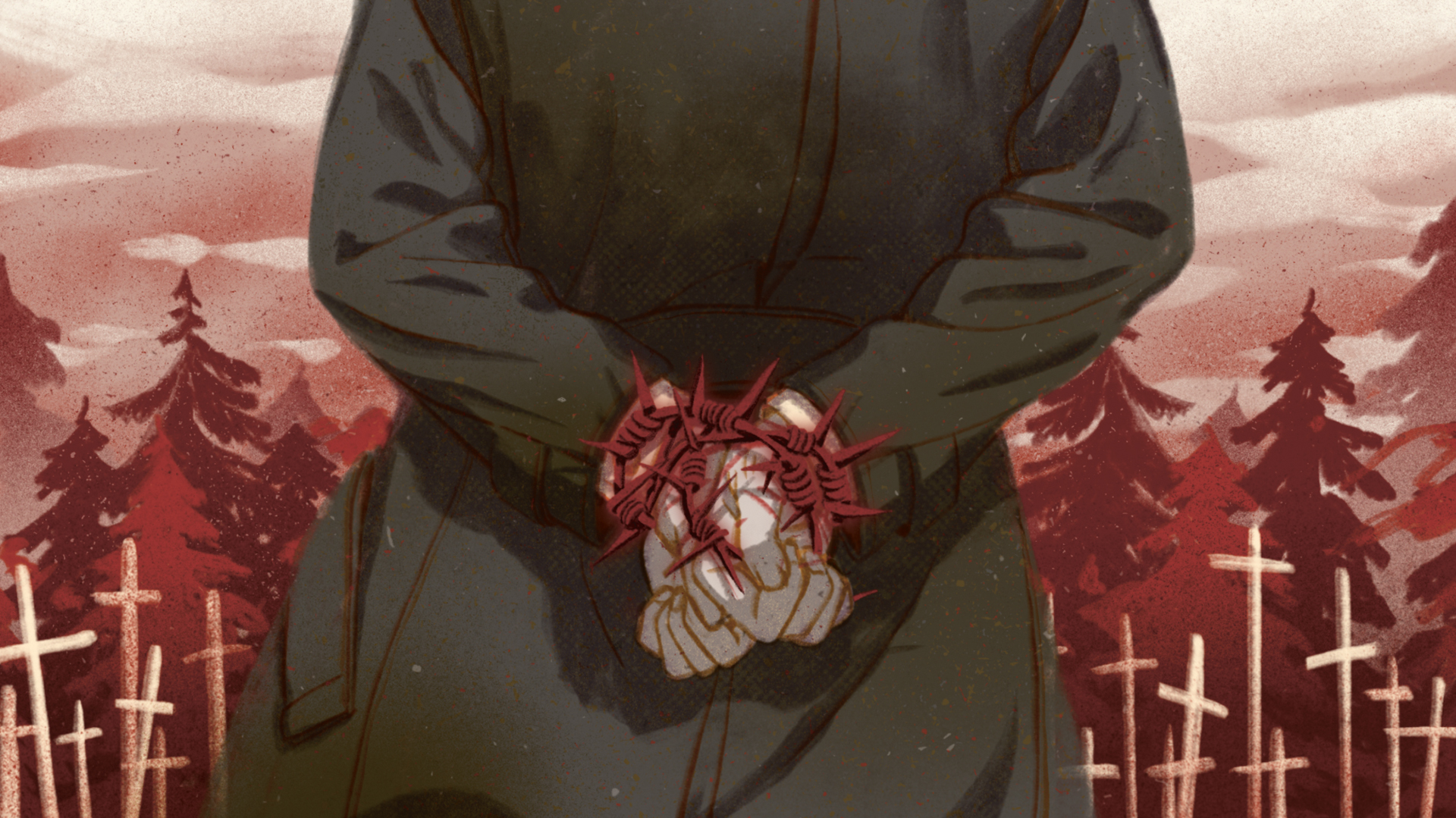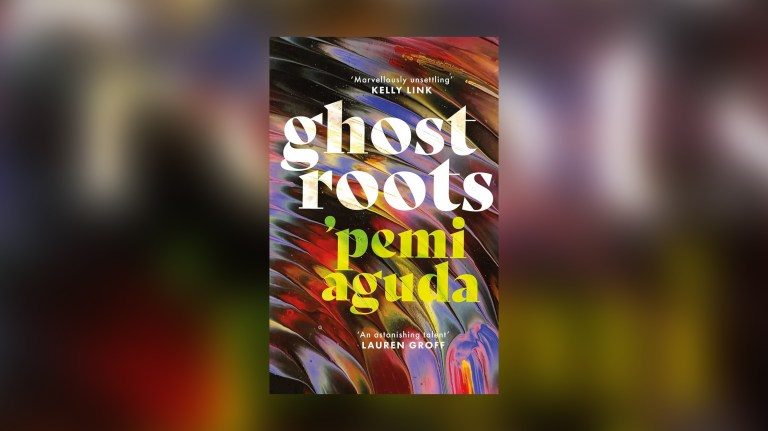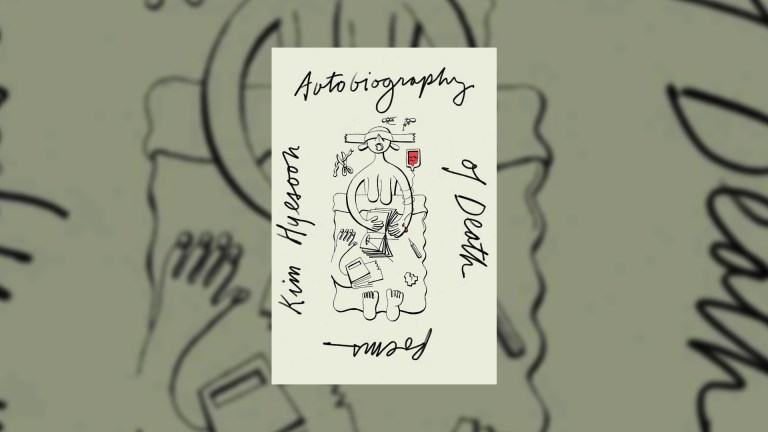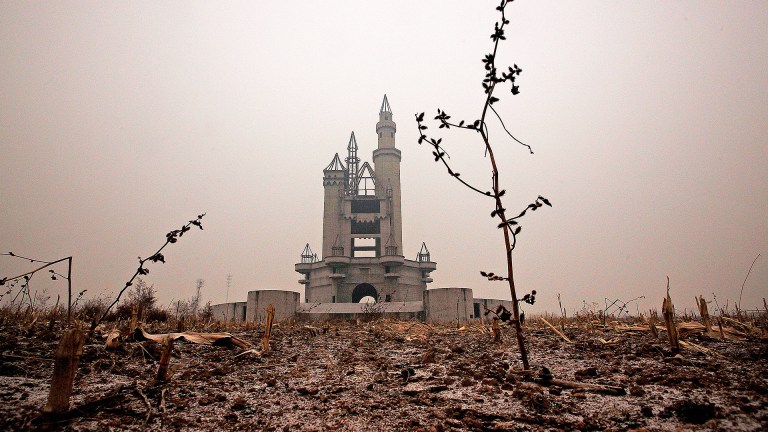I had little connection with Poland when I was growing up. My mother was English, we spoke no Polish at home. Yet as a young adult, I found myself drawn to the country my father had fled as a child. I visited for the first time in 1990, just in time to see the end of communist rule. The collapse of communism marked the first opportunity for Poles to examine the legacy of the Second World War freely, to speak of unspoken things. The 1940 Katyń massacre was one of them. I remember the cover of a Warsaw newspaper published in April 1990: a murky black-and-white photograph of a forest and a single word: Katyń. Decades later I would think of this picture as I laboured in the grip of an obsession that would take up several years of my life.
Few in the UK have heard of Katyń. In Poland, by contrast, it remains a painful subject even 80 years after the events. In April 1940, 22,000 Polish prisoners of war, mainly officers, were secretly murdered by the NKVD, on Stalin’s direct orders. The men had been captured by the Red Army in September 1939 as they retreated east from the German invasion of Poland. For seven months they were held in NKVD interrogation camps. In April-May 1940 they were told they were going home. Instead they were shot, one by one, and buried in mass graves. Only 395 men survived.
In April 1943 the Nazis announced that they had discovered mass graves in the Katyń Forest near Smolensk in Russia. This shocking revelation led to one of the most bitterly fought propaganda battles of the War. Goebbels blamed the “bestial Bolsheviks”, while Stalin indignantly asserted the massacre was committed not in 1940 but 1941, when Smolensk was under Nazi control. As the Allies depended on Stalin to win the war against Hitler, neither Britain nor the US dared challenge the Soviet version of events.
For nearly 50 years the fiction of Katyń as a Nazi atrocity was allowed to stand. It was only in 1990 that Mikhail Gorbachev finally admitted Soviet guilt. The murdered men belonged to Poland’s elite. Their loss wiped out a generation of thinkers, politicians, soldiers and artists. A terrible truth. But what really makes Katyń stand out from other, equally heinous crimes, and what makes it so relevant today, is the lie.
The fiction of Katyń as a Nazi crime was created and maintained by Soviet (and communist Polish) security services using methods recognisable in the actions of Putin’s FSB today. The deceit began in 1940, with rumours cultivated to make prisoners believe they were going home.
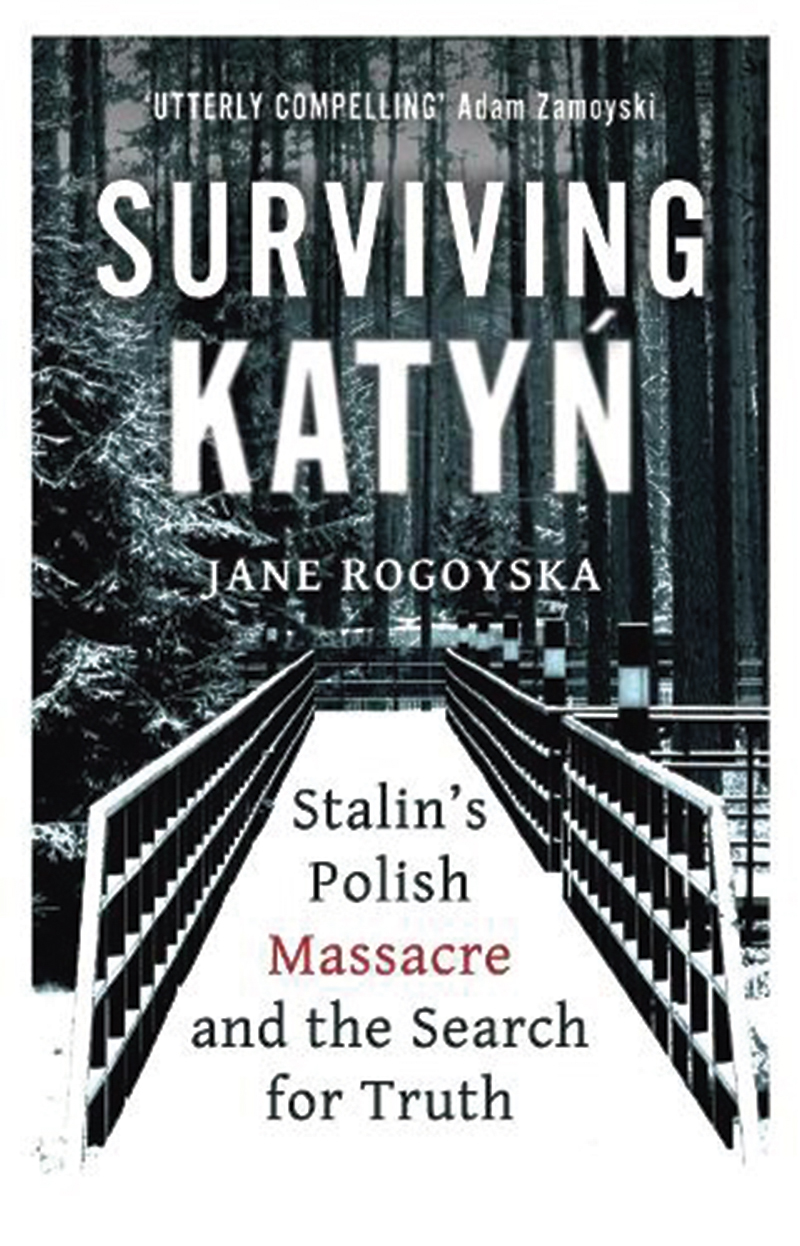
The effect was so complete that for a long time the survivors were convinced they were the ones ‘left behind’. It continued with a series of interventions designed to silence and intimidate those who would speak out as the NKVD (later the KGB, the UB and SB) worked tirelessly to reshape the facts into their desired form, planting documents on dead bodies, destroying records, discrediting witnesses, staging ‘accidents’ in European capitals and committing further murders. Those who dared to question the official version of events paid the highest price.
